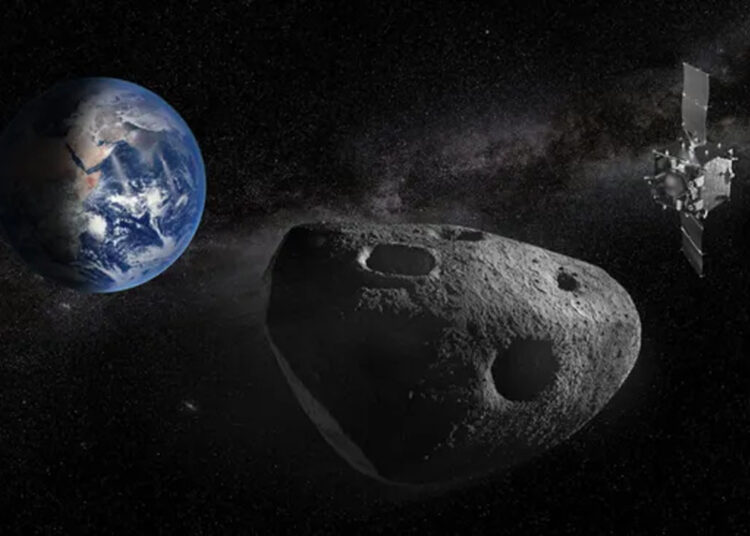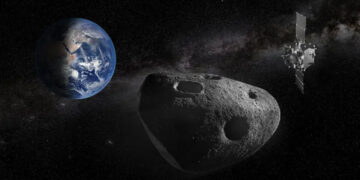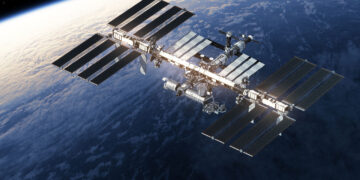The rapprochement between the European Space Agency (ESA) and the Korea Aerospace Administration (KASA) represents a new example of efforts to deepen international cooperation. The protocol signed during the 76th International Astronautical Congress (IAC) held in Sydney, Australia, opens the door for sharing technical infrastructure and future joint projects.
The signed agreement enables mutual utilization of the ground station infrastructures of the two agencies. These ground stations form the fundamental components of space missions such as telemetry, tracking, and command transmission, and play a vital role especially in deep space missions. ESA Director General Josef Aschbacher emphasized not only the technical aspect of this cooperation but also its strategic value; the goal is to produce more resilient systems through mutual information and experience sharing. KASA President Youngbin Yoon described this step as a significant milestone toward their agencies’ global objectives and expressed enthusiasm for joint activities for peaceful purposes.
This partnership with European technology and support for South Korea’s Moon ambitions is not limited to sharing ground stations. Integrating ESA’s global Estrack network into South Korea’s emerging Moon program is seen as a step to strengthen technical capacity. Korea’s first Moon exploration satellite, Danuri, is currently in orbit around the Moon, providing high-resolution surface images. A robotic Moon rover, which is planned to be launched with a fully domestically-built rocket, is also under development. These plans form key parts of KASA’s long-term exploration strategy. The aim is to establish a Moon base by 2045, and in line with this goal, the technical partnerships established with Europe are expected to enhance Korea’s projects.
ESA aims not only to transfer technology through such collaborations but also to increase its influence in the global space arena. Ongoing relations with India and Japan are also part of this scope. Due to uncertainties with NASA and budget fluctuations, efforts are underway to work more closely with other emerging actors by 2025. Furthermore, longstanding cooperation with Japan gained new momentum at the Agency Directors session held during the IAC on September 29. ESA Director General Josef Aschbacher and JAXA President Hiroshi Yamakawa announced a launch agreement covering Japan’s Destiny+ mission and the Ramses satellite. These missions aim to provide more detailed orbital data prior to the close approach of asteroid Apophis in 2029.









